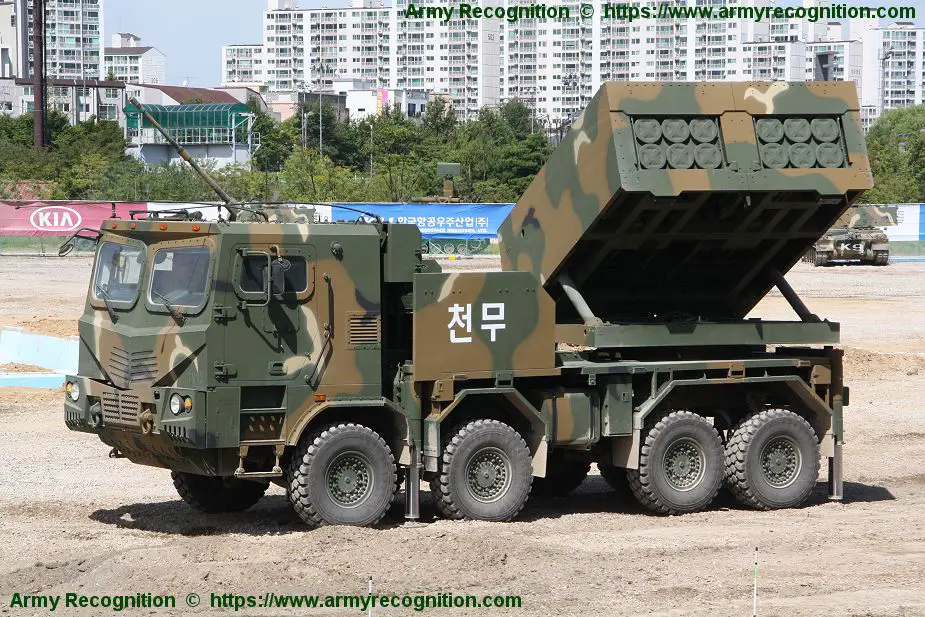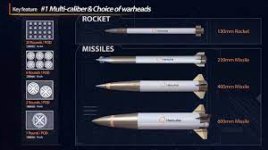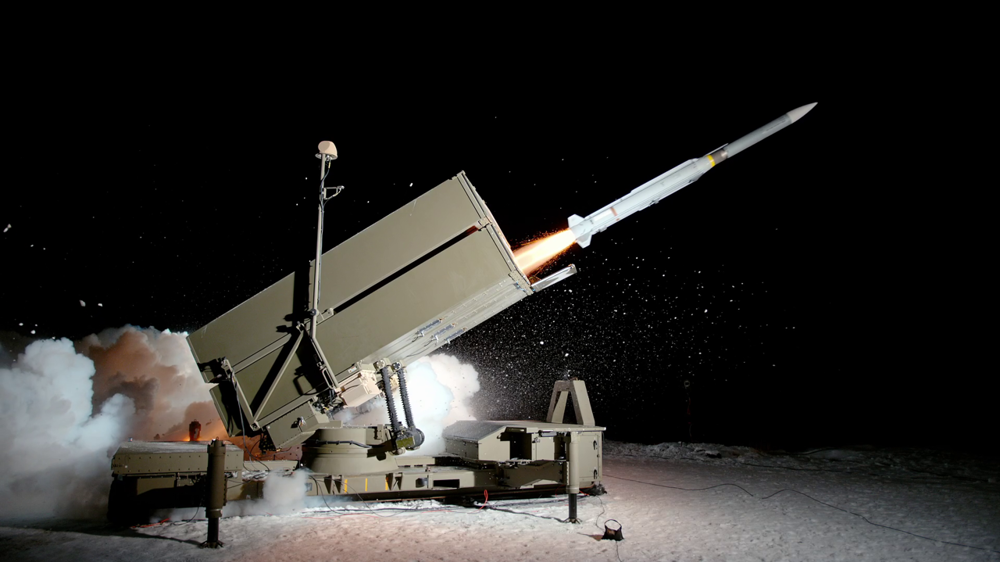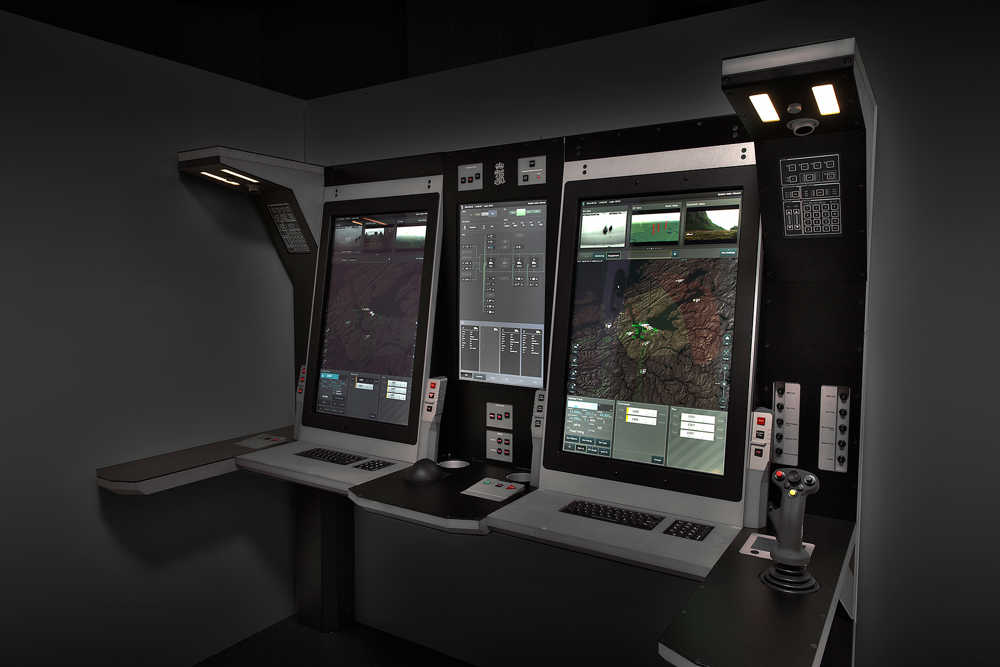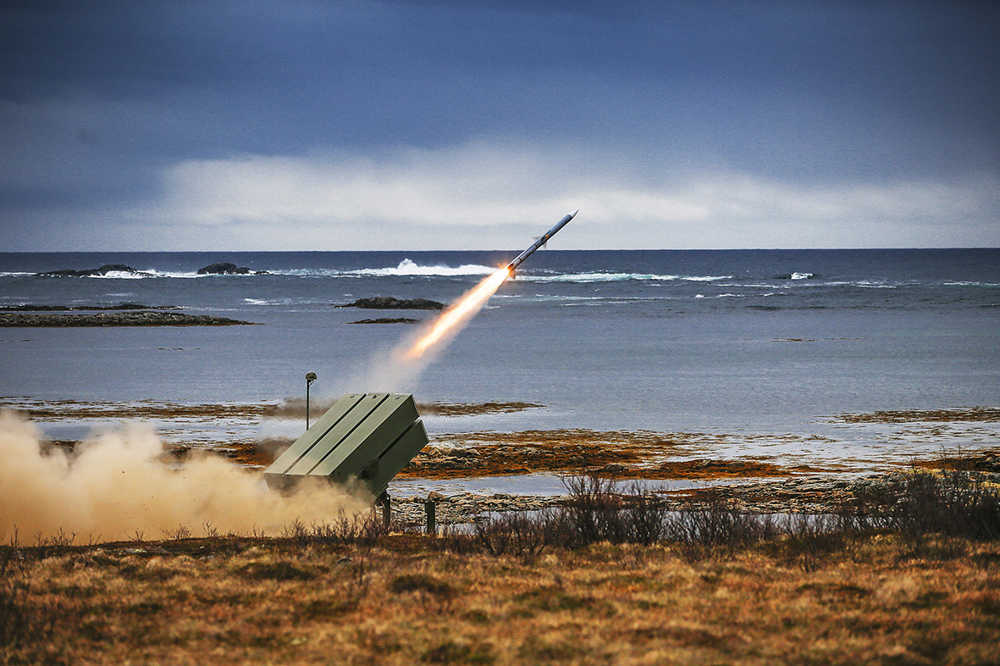I am an American, thus I don’t have that issue

Facetious or not I think that explains a lot of the difference between your viewpoint and my viewpoint.
I don't see Canada ever doing a Forced Entry Operation, especially at the Division or Corps level. Even Brigade or Battalion would be a stretch.
I do see Canada offering assistance to a friend asking for it. In other words a permissive environment that does not require forced entry. It does, however require the ability to move rapidly into the theater to exploit the moment before the moment changes. It also requires the ability to defend locally - and locally means a radius of 150 km from the base area. And finally it means the ability to self-rescue or pull off an opposed evacuation with national means if necessary.
Without a hint of irony I will say that my perception of the American way of war is that there are no permissive environments. There are no safe places for America to deploy. That when America deploys it is to crash off the boats, kill a bunch of folks, get back on the boats, reset and prepare to do it all again.
The Green Berets went from advisors to door kickers. New advisor groups are established STABs and SFABs and such but they are anomalies. One of the biggest arguments against the USMC strategy is that if presupposes the emplacement of the Marine Littoral Regiments in permissive environments. That they will be requested by the locals as tensions rise and they will remain in place as an effective fighting force when war breaks out. It also assumes that these are not sacrificial forces, that they can move and relocate in response to threats and that they can be supported in place.
Thus my sense of an MLR analog as a lead element in Canadian foreign policy.
The related enablers as far as I am concerned are.
Heavy lift aircraft to move the force in quickly (one to two weeks) and support any necessary build up.
Transport ships to support any necessary build up and in sufficient numbers to support a rapid evacuation while opposed.
Light, Medium and Heavy Brigades, helicopters (aka in my dictionary as all terrain vehicles) are all up for debate keeping in mind that Infantry can find itself defined as Marines, Mountain, Arctic, Airborne, Heliborne, Motorized, Mechanized or Armoured. It can also just be plain Infantry supplying security, occupying garrisons, vital points, covering lines of communication (although that is actually more of a light cavalry role traditionally), or just holding ground.
Nobody is ever going to be short of jobs for the odd job man - regardless of particular skills he may have acquired.
I agree with
@markppcli on the depth battalions for the brigades. I would argue though that even if the ARES, all 19,000 of them were entirely leg infantry that worked with light trucks, helicopters and atvs that there would still be more jobs for them than there are people to get the jobs done.
Seriously the more I look into the problems the CAF faces today, the more I love my new home. There are so many issues that need to be fixed, and no willingness by the people of Canada to compel the GoC to fix it.
Glad to hear you are happy there. I like working with your countrymen but I am just as happy here as you are there. And I have no desire to return to my homeland either.
I’d suggest that a Light Bde be a better design, for that.
So in addition to your start, add two more LIB’s, and M777 Reg’t, plus a CER, and potentially a Light Recce Sqn.
See for me that is a follow on force to work with the locals if the locals request it. And if its a light force it needs both ground transport enablers and air transport - helicopters, fixed wing,, manned or unmanned - the thing is that all the pieces have to nest just like a set of Russian dolls
I think the containerized systems are fantastic, but I don’t think the same entities should be doing different roles, as I prefer to have a clear break between ADA and Rocket forces. I want ADA doing Air Defense as a primary task. The same way I want a Rocket Battery concentrating on delivering rockets and missiles on the enemy at distance.
A sea can is not a manoeuver element. However a rocket in a sea can at a base is a manoeuvre enabler. And the longer the reach of the rocket the more of a threat it presents to the ability of an opposing force to manoeuvre and act.
A base is going to be necessary. And it may as well be collocated to give cover to a local civil population that can't move and needs defending.
Sea can based air defence makes sense to me. And if that sea can launch SM2s, SM3s, SM6s and ESSMs then it covers a bunch of threats. More if Patriot and THAAD can be launched from the same platform.
For the close in defence of the base then you also need shorter range missiles and that is provided by NASAMS launching the same ESSMs as the sea cans, if necessary, as well as the Air Force's AMRAAMs and Sidewinders. And then for the really close fight there is still a role for light anti-aircrat artillery (C-RAM after a fashion) reinforced with manpads and light missile launchers.
I also get that one light battalion is not going to provide local security indefinitely - thus the value of, and need for follow on forces. Forces that may need to be tracked, or that may need to be armoured, depending on the environment they are facing.
But the lesson of Dunkirk is two fold
1 When you need to get out of Dodge fast then you can only take what your transport will let you. If you don't have adequate transport then be prepared to spike your guns and destroy your tanks.
2 You better have spare guns and tanks to reequip those troops you just evacuated.
While it may seem an economy of force to dual or triple hat systems, it’s really going to but you when you need those systems each focusing on their primary role.
I think you are presupposing that when you do your sums you will get your answers right and have the right numbers of the right kit in the right place at the right time. And that if you get it wrong you can call for someone to send you the right stuff you are missing.
I prefer to think that the C3s have HEAT rounds on hand so that they can form an expedient anti-tank line in the event things go normal.
Cheers.
